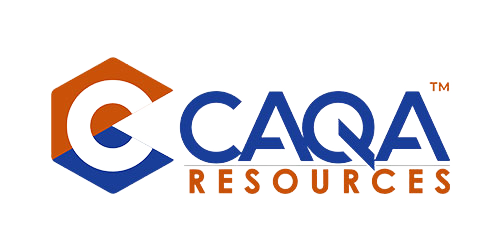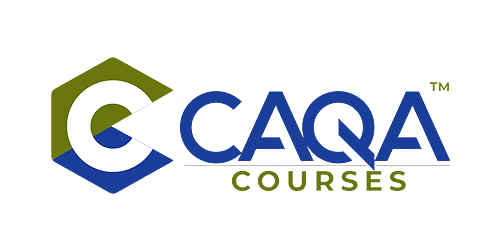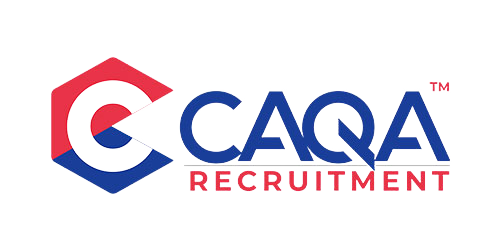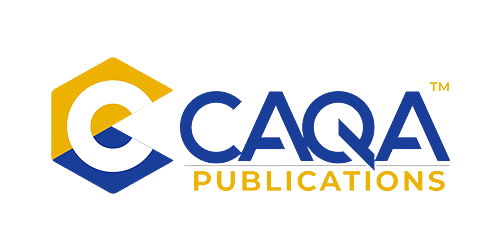Here, we will provide a comprehensive guide on how to prepare for and manage audits within a Registered Training Organisation (RTO). It focuses on understanding the audit process, common mistakes to avoid, and how to make the audit a tool for continuous improvement rather than a stressful event. The article walks through the essential steps for preparing your RTO for audit, from planning and gathering evidence to ensuring that staff are well-trained and ready to engage with auditors effectively. By following these strategies, RTOs can not only pass audits but also use them as opportunities to refine their practices and enhance overall compliance.
For many Registered Training Organisations (RTOs), the mere mention of an audit can stir up feelings of stress, anxiety, and uncertainty. Audits are seen as something to fear, especially because of the stakes involved—failure to meet compliance requirements can lead to suspension or cancellation of registration. However, this perception of audits as daunting and adversarial can be counterproductive. In reality, an audit is a tool for improvement and a chance to assess whether an RTO’s systems and processes are achieving the desired outcomes.
The Australian Skills Quality Authority (ASQA), as the regulator for RTOs, conducts audits to ensure that training organisations meet the necessary standards outlined in the Standards for Registered Training Organisations (RTOs) 2015. These standards are designed to safeguard the quality of training and assessment, ensuring that students receive high-quality, industry-relevant education that leads to valid qualifications.
However, audits are not just about compliance checks—they can also be an opportunity for RTOs to refine their processes, improve student outcomes, and enhance their overall quality of service. This article explores what it means to be ready for an audit, how RTOs can prepare, and how to turn audits into a continuous improvement process that benefits everyone involved.
The Audit Process: An Overview
Before diving into how to prepare for an audit, it's essential to understand what an audit entails and how it is structured.
An Audit is:
From AQTF Auditor Handbook, April 2012
- a planned, systematic and documented process used to assess an RTO’s compliance with the [Standards].’
- ‘an evidence-based assessment of the RTO’s operations against the [standards] is not a punitive exercise.’
- a useful means for improving the quality of training, assessment and client services
The audit process involves several stages, each designed to assess the RTO’s compliance with the standards and identify areas for improvement.
1. Planning the Audit
The audit process begins with planning. This involves the auditor(s) contacting the RTO in advance (typically 10-20 days before the audit) to confirm the audit dates and scope. The scope outlines which qualifications and courses will be sampled and which sites will be visited. RTOs are also asked to submit pre-audit documentation, such as the Training and Assessment Strategy (TAS), trainer/assessor details, marketing materials, and any other evidence relevant to the audit scope.
The lead auditor may also request specific student samples, with names and numbers, to assess the effectiveness of training delivery and assessment, ensuring alignment with the RTO’s policies and standards.
2. Opening the Audit
When the audit begins, the auditor will review the evidence provided by the RTO and start interviews with relevant staff. The auditor’s role is not to judge the RTO’s operations harshly but to verify that the RTO is fulfilling its obligations to deliver quality training and assessment. The audit will focus on the systems and processes in place and assess whether they are achieving the required outcomes.
3. Evidence Collection and Analysis
During the audit, auditors collect evidence through interviews, document reviews, and site visits. Evidence can include:
- Training and assessment materials
- Student records
- Policies and procedures
- Trainer/assessor qualifications
- Marketing materials
Once evidence is collected, auditors analyse it to determine if the RTO’s operations meet the standards required. This includes checking whether the training provided meets industry standards, whether assessments are valid and reliable, and whether student records are properly maintained.
4. Feedback and Reporting
After the audit, auditors will provide feedback to the RTO on their findings. This includes any non-compliance areas and recommendations for improvements. A formal audit report is then generated, outlining the auditor’s findings and the actions the RTO must take to address any compliance gaps.
5. Rectification and Finalisation
If any areas of non-compliance are identified, the RTO will be given the opportunity to rectify these issues. This involves submitting additional evidence that demonstrates how the compliance issues have been addressed. Once rectification is complete and the evidence has been reviewed, the audit process is finalised.
Preparing for an Audit: The Key Steps
Proper preparation is the cornerstone of audit readiness. By following a few key steps, RTOs can not only pass their audits but also use the process as an opportunity for continuous improvement.
1. Understand the Audit Type
There are different types of audits, including:
- Initial audits (when an RTO is applying for registration),
- Re-registration audits (when an RTO’s registration is due for renewal),
- Compliance audits (when ASQA has concerns or when random audits are scheduled),
- Scope audits (to approve new courses or qualifications).
It is important to know what type of audit you are facing and ensure your preparations align with the specific requirements of that audit. Understanding the scope and what will be reviewed will help you focus on the right areas.
2. Review the Standards and Legislation
The next step is to thoroughly review the Standards for RTOs and other relevant legislation. This includes understanding the compliance requirements for:
- Training and assessment
- Student management
- Staff competencies
- Marketing and promotional material
Ensure that your RTO’s operations align with these standards and review any past audit findings to check whether you’ve addressed previous compliance gaps.
3. Conduct a Self-Assessment
Before the audit, conduct an internal self-assessment. This will help you identify any potential weaknesses and give you a chance to address them before the auditor arrives. A self-assessment should cover areas such as:
- Are all training and assessment resources aligned with the required standards?
- Are staff adequately trained and qualified?
- Are student records up-to-date and complete?
- Does your organisation have a system for monitoring and maintaining compliance?
4. Prepare Staff for the Audit
All staff must be fully prepared for the audit. This means:
- Briefing staff on what the audit entails, what will be expected of them, and the role they will play in the process.
- Ensuring that staff are familiar with the terminology and processes involved in the audit (such as AQF, NVR, and ASQA standards).
- Preparing staff to answer questions confidently and accurately.
Encourage staff to remain calm and professional throughout the audit. This is not a time for defensiveness but for showcasing the RTO’s commitment to compliance and quality training.
5. Gather and Review Evidence
Make sure that all evidence required for the audit is readily available. This may include:
- Training and Assessment Strategies (TAS) for each qualification on the scope of the audit.
- Trainer and assessor qualifications and evidence of current industry skills.
- Student records that show compliance with assessment and training processes.
- Marketing materials that align with the qualifications and services offered by your RTO.
It’s important that this evidence is not only complete but also aligns with what is being asserted in the policies and procedures. Misalignment can be a major audit mistake and could lead to compliance issues.
6. Review Continuous Improvement Strategies
Auditors will look for evidence of continuous improvement in your RTO. This can include:
- Feedback from students, employers, and staff.
- Actions taken from previous audit findings.
- Analysis of complaints and how they have been addressed.
- Validation and moderation processes that ensure assessment tools and practices are regularly reviewed.
Showing how your RTO is committed to continuously improving its operations will demonstrate to auditors that your organisation is actively working towards better outcomes for students and maintaining compliance.
Turning Audits into a Continuous Improvement Opportunity
An audit is not the end of the road; it should be viewed as part of a continuous improvement process. Once the audit is completed, take the time to:
- Review the audit findings and develop an action plan to address any non-compliance areas.
- Implement changes that improve operations, whether that’s refining your training practices, improving student support, or addressing any gaps in compliance.
- Monitor progress to ensure that the changes made are effective and sustainable.
By viewing audits as an opportunity for improvement, RTOs can enhance their practices, improve student outcomes, and maintain a high standard of training and assessment.
Preparing for Success
Being audit-ready means more than simply passing an inspection; it’s about creating a culture of compliance and continuous improvement. By understanding the audit process, preparing staff effectively, gathering evidence, and addressing gaps proactively, RTOs can not only survive audits but use them as a stepping stone to greater success. Through careful preparation and ongoing dedication to compliance, your RTO can demonstrate its commitment to high-quality training and assessment, securing long-term success and reputation in the industry.
By adopting the audit process as a tool for continuous improvement, your RTO can enhance both its operations and the quality of education it provides, ensuring better outcomes for students and maintaining a strong position in the competitive education sector.


































